Sonation column ovens for nano ESI
Developed at the Max Planck Institute of Biochemistry Martinsried, the Sonation column oven is used for temperature control of the separation column in nano ESI applications.
A constant column temperature makes measurements significantly more accurate, and a higher column temperature allows significantly higher flow rates to be achieved at a constant pressure. This leads to the fact that the sample and wash cycles can be accelerated considerably and thus the utilization of the instrument is improved.
A constant column temperature makes measurements significantly more accurate, and a higher column temperature allows significantly higher flow rates to be achieved at a constant pressure. This leads to the fact that the sample and wash cycles can be accelerated considerably and thus the utilization of the instrument is improved.
Developed with the objective of improving nano ESI
Precise temperature control keeps the temperature of the column constant at one value, making the results independent of room temperature and thus reproducible and comparable.
A higher column temperature means that the flow is increased while the pressure remains the same, or longer columns can be used while the pressure and throughput remain the same.
The temperature can be set on the analytical computer via the supplied software. For automated applications, the column temperature can be controlled via a control input or via a program interface.
A higher column temperature means that the flow is increased while the pressure remains the same, or longer columns can be used while the pressure and throughput remain the same.
The temperature can be set on the analytical computer via the supplied software. For automated applications, the column temperature can be controlled via a control input or via a program interface.
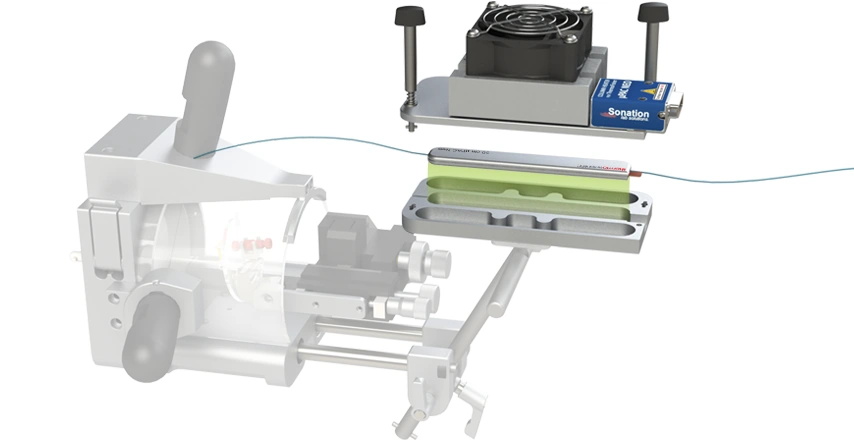
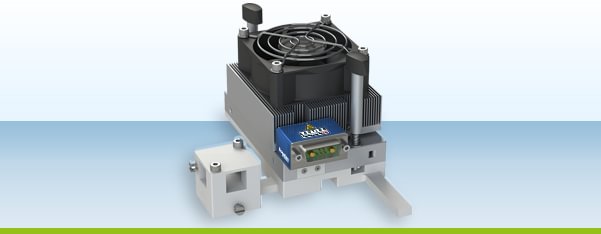
Column oven for ES071 / ES072
- Suitable for use with the Flex Ion Source ES071 and ES072 from ThermoFisher
- Adaptable to different columns and emitter types via interchangeable inlays
Product details
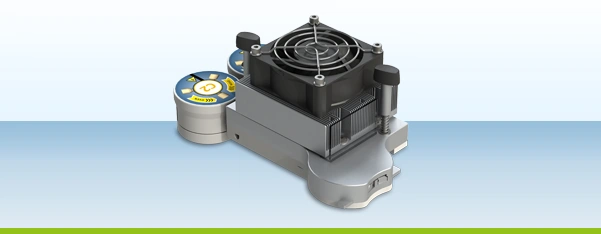
Double barrel oven
The DBO series allows the parallel use of two independent analytical columns.
Product details

Column oven for Bruker Captive Spray
Column oven suitable for Bruker instruments with Captive Spray Source.
Product details
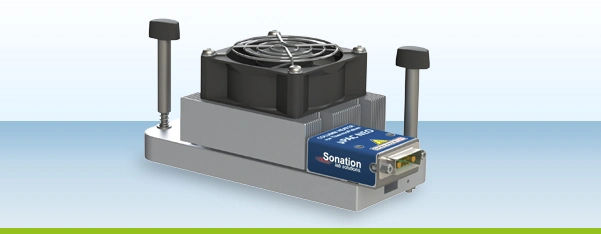
Column oven for µPAC columns
Column oven suitable for ThermoFisher µPAC columns originally developed by PharmaFluidics.
Product details
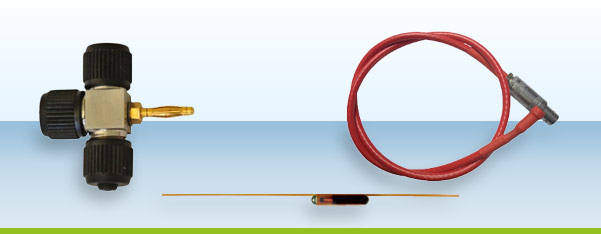
Accessories
Suitable original accessories for Sonation column ovens can be found here.
Product details
Advantages
Measurement results independent of room temperature
If the temperature of the column fluctuates during a measurement, the viscosity of the sample also fluctuates, resulting in different flow velocities. These fluctuations have a negative effect on the result.
If a sample is measured at different column temperatures, the result is not comparable. The temperature is therefore a decisive factor and should be known and kept constant. Fluctuations in room temperature have various causes. For example, in non-air-conditioned rooms, the temperature changes throughout the day due to the changing outside temperature. But even in air-conditioned rooms, the temperature changes due to direct sunlight, for example. In most cases, the air-conditioning system itself causes the room temperature to change cyclically. The temperature oscillates around the set value, so to speak.
The column oven now ensures, through its precise temperature control, that the temperature of the column is kept at a known and constant value. This makes the results comparable and reproducible.
If the temperature of the column fluctuates during a measurement, the viscosity of the sample also fluctuates, resulting in different flow velocities. These fluctuations have a negative effect on the result.
If a sample is measured at different column temperatures, the result is not comparable. The temperature is therefore a decisive factor and should be known and kept constant. Fluctuations in room temperature have various causes. For example, in non-air-conditioned rooms, the temperature changes throughout the day due to the changing outside temperature. But even in air-conditioned rooms, the temperature changes due to direct sunlight, for example. In most cases, the air-conditioning system itself causes the room temperature to change cyclically. The temperature oscillates around the set value, so to speak.
The column oven now ensures, through its precise temperature control, that the temperature of the column is kept at a known and constant value. This makes the results comparable and reproducible.
Faster washing and sampling cycles
A higher column temperature reduces the viscosity of the sample or solvent, resulting in a significantly higher flow rate at constant pressure. As a result, both the sample and the washing cycles can be accelerated considerably.
As a result, significantly more samples can be measured in a given time period than with the same measurement at room temperature.
A higher column temperature reduces the viscosity of the sample or solvent, resulting in a significantly higher flow rate at constant pressure. As a result, both the sample and the washing cycles can be accelerated considerably.
As a result, significantly more samples can be measured in a given time period than with the same measurement at room temperature.
Allows the use of longer columns at constant pressure
Column length is often limited by the maximum pressure of the HPLC. If the viscosity of the sample or solvent decreases due to the higher column temperature, significantly longer columns can be used at constant pressure.
Column length is often limited by the maximum pressure of the HPLC. If the viscosity of the sample or solvent decreases due to the higher column temperature, significantly longer columns can be used at constant pressure.

